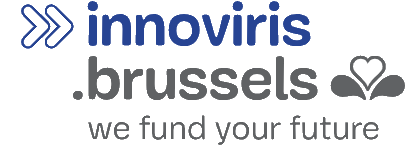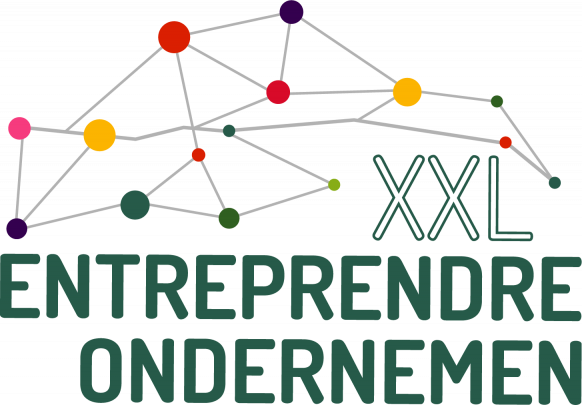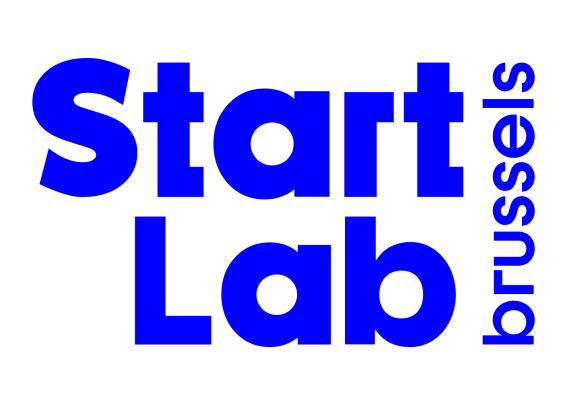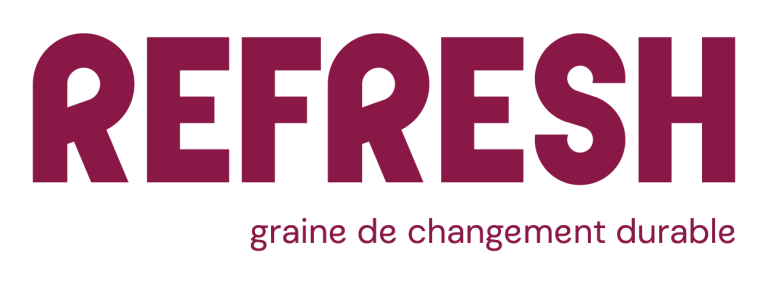New products fail on the assembly line. 90% of newly introduced products don't even survive the first three years. But risks can be reduced significantly, especially the risk relating to the right to existence of your idea. You avoid this by validating, learning, and optimizing. That's where a proof of concept or feasibility study should be introduced.
Proof of concept
A proof of concept (POC) is a method used to demonstrate whether, for example, an idea, technology, or functionality is feasible and is consistent with the experience of the intended users. In other words, that it has some actual potential to be used once it has been introduced onto the market. With a proof of concept, you can also identify possible technical issues and obtain input that is useful for the preparation of a business case.
Due to a proof of concept, ideas get a lot more direction, and potential investors are more easily convinced of your chances of success.
Prototype - MVP
If the new idea involves the development of a concrete product, then this can be tested by making a prototype or a "minimum viable product (MVP) ". Make sure that this first usable draft of your proposed product provides the minimum functionality in order to be launched on the market. Therefore, focus on the core needs of your customer and translate them into important, well-functioning features. Drop all unnecessary extras. Showcasing this product with limited functionality, and involving users right away will allow you to receive quick feedback from customers that can lead to the improvement of the final design. Does it work? Then continue building. Does it not work? Then you just start again or pull the plug, without having invested too much money and energy.
For example, a widely-used approach is to create a simple website. The product is described in a few sentences, and interested parties can sign up for a closed trial or pilot project. Meanwhile, twitter messages and blog posts about the (not yet existing) product are sent out, and screen designs are occasionally shown. By varying the text on the mini-site, you can already learn something about the needs of the user. Saving your email communications will allow you to create a community of loyal testers.
Establishing a customer panel or conducting an online survey also works well. Another idea is to present assumptions or options through Facebook or Twitter.
Nowadays, rapid prototyping and rapid manufacturing enable technically simpler and cheaper product development on a small scale. In fact, the so-called FabLabs are available in many cities to this end (and in Brussels as well).
A service can also be developed into a prototype. A storyboard, a role-playing activity, a simulation, a mockup, and a use case are all options to prototype a service or concept.
Who can help me ?






